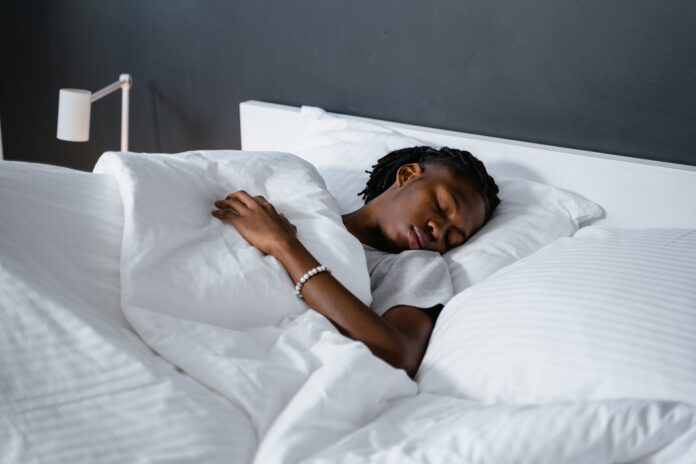Sleep apnea is a sleep disorder characterized by interrupted breathing during sleep. The word “apnea” literally means “without breath.”
Individuals with sleep apnea experience recurrent pauses in breathing, lasting for a few seconds to minutes. These interruptions in breathing can occur numerous times throughout the night, disrupting the normal sleep cycle and leading to a range of health issues.
Types of Sleep Apnea
There are three main types of sleep apnea:
1. Obstructive Sleep Apnea (OSA)
Obstructive sleep apnea is the most common form. It occurs when the muscles at the back of the throat relax excessively, leading to a blockage of the airway. The brain sends signals to the respiratory muscles to make an effort to breathe, often accompanied by loud snoring or choking sounds as air struggles to pass through the narrowed airway.
2. Central Sleep Apnea (CSA)
Central sleep apnea is less common and involves a failure of the brain to send the proper signals to the muscles that control breathing. Unlike OSA, there is no physical obstruction in the airway. People with CSA may not snore, and the pauses in breathing are typically more abrupt.
3. Complex Sleep Apnea Syndrome
Also known as treatment-emergent central sleep apnea, this type is a combination of both obstructive and central sleep apnea. It may initially present as OSA but later develop central sleep apnea during treatment with continuous positive airway pressure (CPAP) therapy.
Symptoms of Sleep Apnea
Sleep apnea can affect people of all ages, including children, but it is most prevalent in middle-aged and older adults. Common symptoms include:
- Loud snoring
- Gasping or choking during sleep
- Episodes of stopped breathing
- Excessive daytime sleepiness
- Morning headaches
- Difficulty concentrating
- Irritability
- Forgetfulness
- Fatigue
It’s essential to note that some individuals may not be aware of their symptoms, and often it is a partner or family member who observes the signs of sleep apnea.
Risk Factors
Several factors may increase the risk of developing sleep apnea:
1. Obesity
Excess weight, particularly around the neck, can contribute to airway obstruction.
2. Neck Circumference
People with a thicker neck may have a narrower airway.
3. Gender
Men are more likely to have sleep apnea than women, although the risk for women increases if they are overweight, and it also rises during pregnancy and menopause.
4. Age
Sleep apnea is more common in older adults.
5. Family History
A family history of sleep apnea may increase the risk.
6. Smoking
Smokers are at a higher risk of developing sleep apnea compared to non-smokers.
7. Alcohol, Sedatives, and Tranquilizers
The use of these substances can relax the muscles in the throat, increasing the likelihood of airway obstruction.
How can it be treated
- Lifestyle Changes: Weight loss, positional therapy, and avoiding alcohol and sedatives.
- Continuous Positive Airway Pressure (CPAP): This involves wearing a mask over the nose or mouth that delivers a continuous stream of air to keep the airway open.
- Bi-level Positive Airway Pressure (BiPAP): Similar to CPAP but with variable pressure levels for inhalation and exhalation.
- Oral Appliances: Dental devices that reposition the lower jaw and tongue to keep the airway open.
- Surgery: In severe cases, surgery may be considered to remove excess tissue from the throat or repair structural abnormalities.
If you suspect you or a loved one may have sleep apnea, it is essential to consult with a healthcare professional for a comprehensive evaluation and appropriate management. A good night’s sleep is not just a luxury; it is a fundamental requirement for maintaining optimal physical and mental health.















